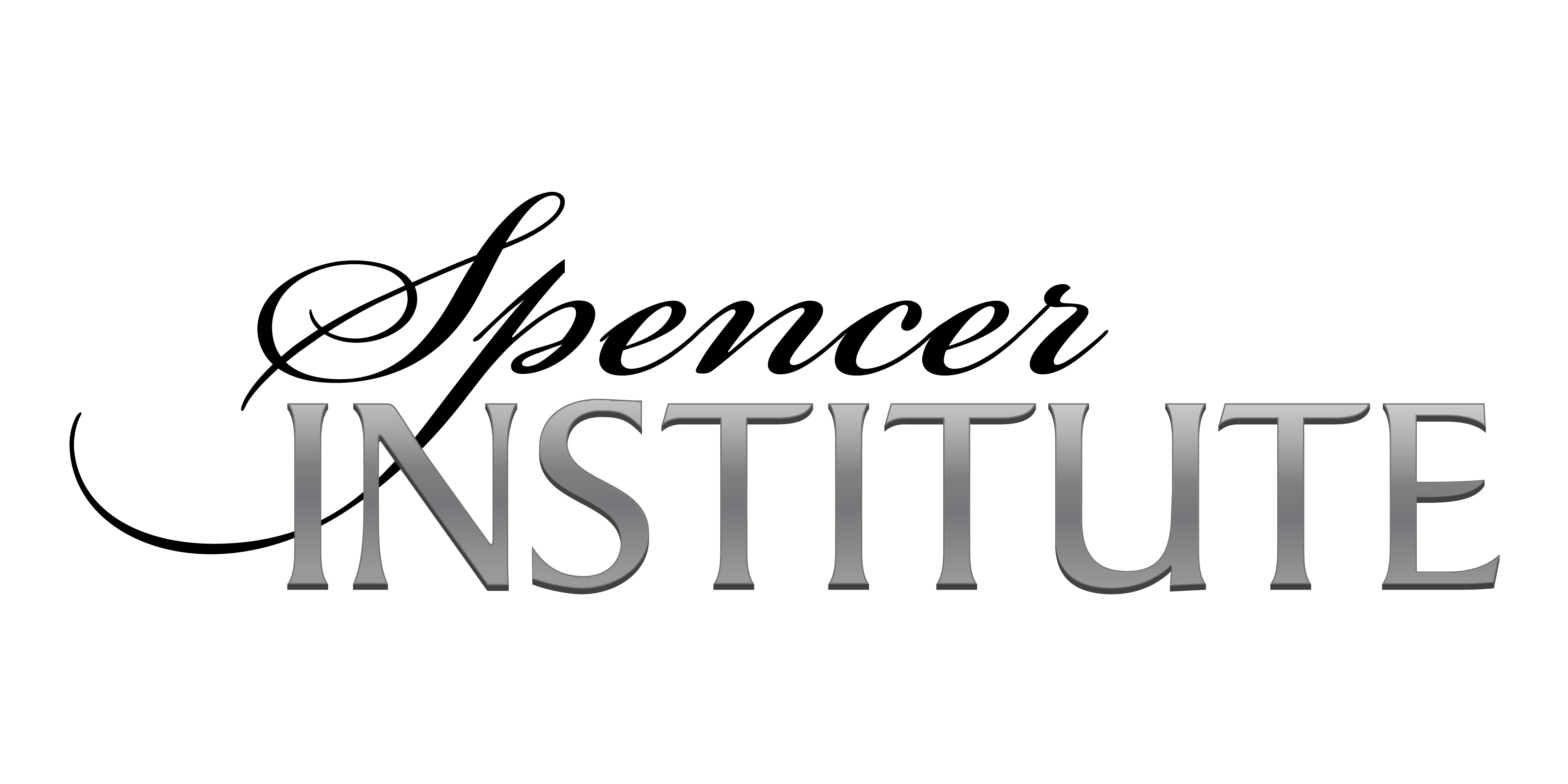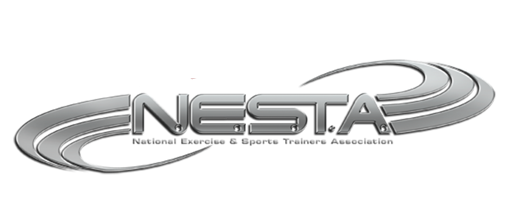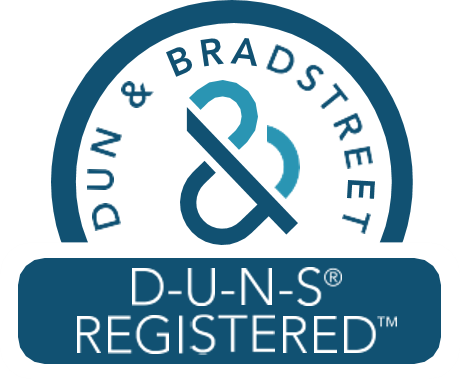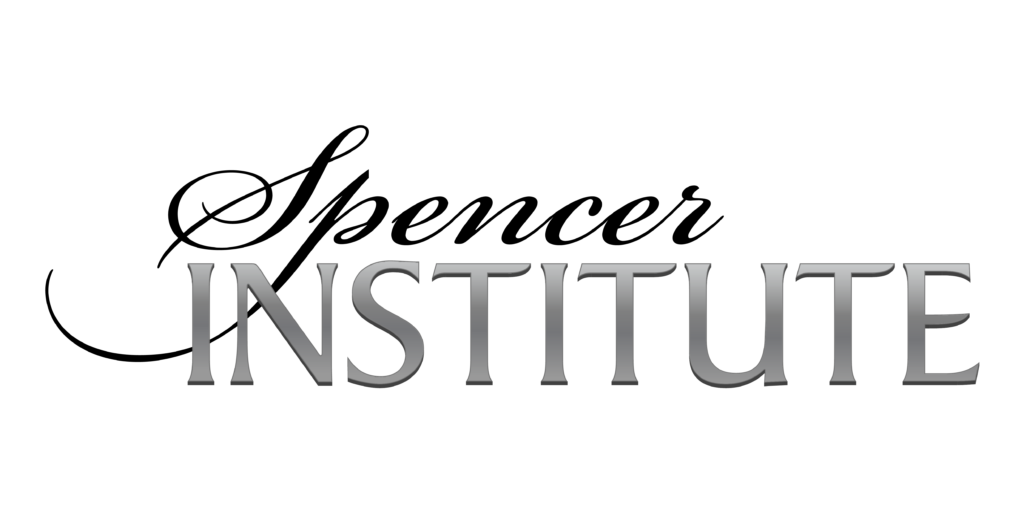 While spending time to improve your brand awareness through marketing your brand on various social media platforms is a great idea, a powerful brand-promotion tool often overlooked is writing your very own professional biography. While it is of utmost importance to focus on your clients’ requests and needs, as a Certified Coach or Professional Trainer, it is a good strategy, almost at any point of your career, no matter how big your clientele base is, to write a professional biography.
While spending time to improve your brand awareness through marketing your brand on various social media platforms is a great idea, a powerful brand-promotion tool often overlooked is writing your very own professional biography. While it is of utmost importance to focus on your clients’ requests and needs, as a Certified Coach or Professional Trainer, it is a good strategy, almost at any point of your career, no matter how big your clientele base is, to write a professional biography.
A professional biography not only enhances your brand image through cementing a set narrative that your readers (who are either current or potential clients) can empathize with, but while drafting it, it will start highlighting to you what matters in your brand. Writing a professional biography provides you with an opportunity to re-think and re-strategize your brand as a coach/trainer. What better way to give a fresh makeover to your business?
However, we understand that it can more often than not be a daunting experience to write a professional biography. Coaches/ trainers who have written professional/personal biographies have worried about whether their content would appeal to readers (especially during the planning phase) or whether it is an investment even worth making in the first place. Fret not, we are here to highlight the best strategies to employ so that you can shine your accomplishments through your professional biography.
We will explore the best strategies based on three main areas of writing a professional biography – determining your audience, the format of writing and lastly, listing your credentials.
Determining Your Audience
Determining your audience is the most important element to consider. Though you may think this is a straightforward answer, determining your audience requires a lot of narrowing-down and profiling of your target audience in order to optimize and gain the most from your professional biography. It is correct practice to bear in mind that the readers as part of your writing strategy. Since your professional biography serves as a branding tool, it should serve to help readers (current and potential clients), know what you can offer and want out of coaching, as well as how you can serve them as a coach/trainer to resolve their issues.
Your professional biography is a snippet of your professional life and the journey that brought you here. However, a key point to focus on is that while it is about you, it is more important to structure the content towards how your experiences can connect with your target audience, to make their lives better.
Therefore, it is advisable to do a draft mind-map to categorize and determine the type of clients who will be enticed by the biography. For instance, clients who have adopted strong reading habits will be easier to reach to through your professional biography, while other clients who are more inclined to social media and shorter bursts of messages will be more favorable towards your video promotions. Understanding the content consumption habits of your clients/potential clients will allow you to craft the contents required for your biography. Your professional biography should also position you clearly as a problem-solver, and not keep the readers repeatedly guessing on why you may be one or how you go about doing so.
While it may seem boastful to repeatedly outline about your achievements and or even repeatedly iterate why you are the best problem-solving guru around, it is important you do so as this will reinforce your brand. Reinforcing your brand to readers allow them to create an image of you in their minds, which will be useful when you eventually go out and have coaching/training sessions with them. Through this, you are also highlighting to your readers what they can achieve through coaching/training with you. This allows for goal-setting in sessions to be done more intuitively.
It is important to bridge what your current brand is to what you are pitching in your professional biography. This is especially true for your current clients who would be investing in your book. They need to be able to understand and know you through your content how it is connected to your current brand’s campaign. The biography should be a continuation of your branding in order to add credibility to your brand. While this is an opportunity for you to re-strategize, always make it a point to connect back to your audience, the way as they will see it.
Lastly, having empathy is a key part of being a coach/trainer, and this is also true while you are writing your professional biography for your readers. Put yourself in your readers’ shoes – what are they looking for? More likely than not, they are looking for someone who can guide them through their issues and provide them with appropriate strategies and coping mechanisms. They want to hear that they would be making an investment to someone who can solve their problems by purchasing your services. Make sure to inject that client-side empathy into your words!
Format of Writing
There are many elements in relation to the format of writing. Over here, we will cover a number of factors that will influence your writing to optimize it, such as whether it should be written in the first-or-third person narrative, formatting and structure, and the length.
While it is alright to write in first-person, ensure that you have a version that is based on third-person. All biographies should be written in third-person, as this shows a professional presence. Since this is used as a professional tool to connect with clients, retaining a professional tone, as well as actively and genuinely speaking about yourself and your achievements engages your target readers more effectively.
While there is no fixed structure to a professional biography, having an introduction and being creative is a consistent trend through such biographies. Engaging your reader through connecting with them is your main goal here, and this can be achieved through the ensuring that your language is clear, utilizing figures and images and listing out real-life scenarios with a high level of details.
Ensure that your narrative is proof-read and that the language sits well through its tense. Writing in the present tense is recommended. Use impactful words such as “empathy” and “empowerment” to connect with readers more easily. Additionally, speaking in the active voice and focusing on your credentials, such as your accomplishments and recognition can further improve the quality of your professional biography.
Figures come from studies, and studies are factual. If you are an aspiring coach/trainer looking to write a professional biography, include in as many numbers and figures into your narrative as possible, as that will build the credibility of your content. Images, like statistics, are very powerful in translating a message to your target readers. They are effective in delivering a message and have a longer-lasting impression on the minds of your readers. There are often few images input into biographies, so ensure that the images you select for input are incredibly meaningful to the narrative written around that part of the professional biography.
Having a high level of detail when describing a real-life scenario can assure your readers that what they are reading is credible. Pair that with a structure that brings in more important details at the start of the biography and puts less important ones at the end, you can be sure to capture the attention of your target readers! Another thing to pay attention to when engaging target readers into your brand and purpose through your professional biography is the length of your narrative. It is important to have all the correct information there, but it needs to not be too lengthy! If it is too lengthy, readers may get bored and put down your book. On the other hand, the word count and language style you use in your professional biography has to be longer and more formal than what you would use for something like Twitter or Instagram, which often has a status/caption word limit.
Once you are done editing a given version of your professional biography, it is good to have a read through it to ensure that it supports a framework of coherence and completeness. You will want your readers to remain engaged as much as possible and for as long as possible into the narrative. This will mean that the content you produce has to be coherent and complete, preventing any gaps that may distract the readers and cause them to drop their attention.
Another strategy to use is to ensure that a set of chapters in a book are not related to one another. This way, by categorizing and structuring your chapters together and applying a common theme to it, it provides readers with the opportunity to read smaller groups of chapters that focus on a given area of work, or for them to skip ahead if they have disengaged from previous chapters.
Listing your Credentials
Listing your credentials is crucial in ensuring that readers who are engaged develop trust. This ensures your prospective clients that the work you have done and are about to do with them is credible. While a connection is the fundamental reason why clients chose to work with you as their coach/trainer, having the appropriate credentials can assist in swaying those prospective clients who are sitting on the fence to give you a shot.
It is recommended that your target reader sees your credentials in the following order: Education, Experience, Skills, Certifications, and References. It is almost like a CV. It is advisable to aesthetically have it baked in a place that is noticeable to a reader, often at the front/back of a book or at the start or end of the professional biography content. Also frequently reference it during your biography’s content. Having these credentials can back your selling case up with your clients tremendously as your target reader can be assured that they are hiring someone qualified. Listing experiences and references as part of your credentials can allow you to attract the specific type of target reader that you are aiming for. In other words, this can aid you in profiling your target audience.
Another important thing to include is recognition. This reflects your capability as a coach/trainer and it further adds credibility to your brand. It is important to state your credentials with accurate figures and statistics, bearing in mind to tie this in with your entire narrative to be relating to your audience. Producing content that weaves in this relatability using these figures of accomplishments and achievements is key in converting your readers into clients.
Take the First Step
While getting started on your very own professional biography as a coach/trainer can be overwhelming, it is a really good opportunity to reflect back onto your work and discover the joy and pride in your accomplishments. This should be seen a rare chance to tweak your branding and to gain clients, all while using the opportunity to refresh and reorganize your credentials. Creating this should be an innate part of your branding portfolio as it acts as an instrumental tool for marketing on your websites and as part of your self-promotion.
Take your time and write your professional biography. Make multiple drafts if you have to because it will all be worth it in the end. The more well-written, authentic and effective your biography connects with your audience, the better it will be for your sales and your brand. If it is your first time writing a professional biography, it is important to note that the content you produce not only needs to be original, but it needs to be ingenious in a way that captures the attention of your target audience relatively quick. Ensure to employ various strategies while writing the content, weaving in a lot of real-life examples with clear details. It is advisable to read other professional biographies to obtain a clearer picture and to speak to those coaches/trainers who have done this before. Attending book conferences or press releases of other biographies can answer some of your questions as well, and ease the process of your narrative formation.
When well-written, your professional biography will not only meet the readers’ need to connect to you as a coach/trainer, but it will also provide them with an idea of how connecting with you can solve their life’s greatest struggles. View your biography as a useful tool which is part of your journey as a coach/trainer, and update the manuscript regularly with changes to your credentials or professional career.
Start somewhere! Sometimes, it takes a few drafts before your final version comes about. Incorporate these strategies while building your draft and always keep working on yourself!
Getting Started
The Online Coaching Certification is your step-by-step blueprint to build a highly profitable online coaching business.
If you are passionate about helping people and living a fulfilling life, we can help you achieve your dreams right now. The Life Strategies Coaching Certification Course combines the latest advancements in human potential and neuroscience with proven methods of success used by the world’s most productive people.
There is always something exciting about earning a new training or coaching certification and applying that new knowledge of how you train your clients. This also helps you hit the reset button.
Our programs are open to anyone with a desire to learn and help others. There are no prerequisites.
That’s it for now.
Take action!
PS: Click here to see many helpful business and career resources for coaches and trainers










